Emmy-Nominated “The Last of Us” Hairstylist Chris Harrison-Glimsdale on Shaping the Locks of the Living and The Dead
Calgary-based hairstylist Chris Harrison-Glimsdale happily pursued the apocalypse and lived to tell the tale. In fact, she’s got an Emmy nomination for her efforts, alongside her colleagues Penny Thompson and Courtney Ullrich, for shaping the locks of the survivors and their undead pursuers who populated HBO’s critically acclaimed series The Last Of Us.
Co-created by Craig Mazin (Chernobyl) and Neil Druckmann (creator of the critical and commercial smash hit video game that the series is based on), The Last Of Us is focused on two survivors of a fungi-based plague, Joel (Pedro Pascal) and his charge, Ellie (Bella Ramsey), who venture across a devastated American landscape that’s been turned into the world’s worst salad—the plague is the result of the Cordyceps genus (it includes some 600 species) run amok, which has turned a huge percentage of the global population into a garden variety of zombies nearly as variable as the fungus kingdom itself (there are an estimated 2.2 to 3.8 million species, but nobody knows for sure—only 148,000 have been identified).
Hair department head Harrison-Glimsdale and her team—which at certain points included 35 additional stylists to help handle the hordes of infected—were key to helping Mazin and Druckmann build their beautifully grotesque hellscape. We spoke to the Emmy nominee about creating a world in which a shower is mostly a thing of the past, a zombie might retain a remnant of their old hairstyle, and mushrooms reign supreme.
Tell me a bit about your team and how you tackled the huge number of actors that needed to be styled.
We were four people full-time. It was me, Penny Thompson, Judy Durbacz, and Eva Baulackey. We also had Pedro [Pascal]’s stylist, Courtney Ullrich, who came in after the first episode. They were everything to me. They kept me in line and in order and were there to help me process the main cast, as well as help me work on the infected with the Gowers [Barrie and Sarah Gower, the prosthetics designers]. We’d create the look for the character after consulting with Craig Mazin and Neil Druckmann, achieving the right level of grittiness dimension, and depth for where each character went. I also had a team of thirty-five hairstylists that came and did a boot camp where I taught everyone how to lay hair because it’s not something we do all the time.
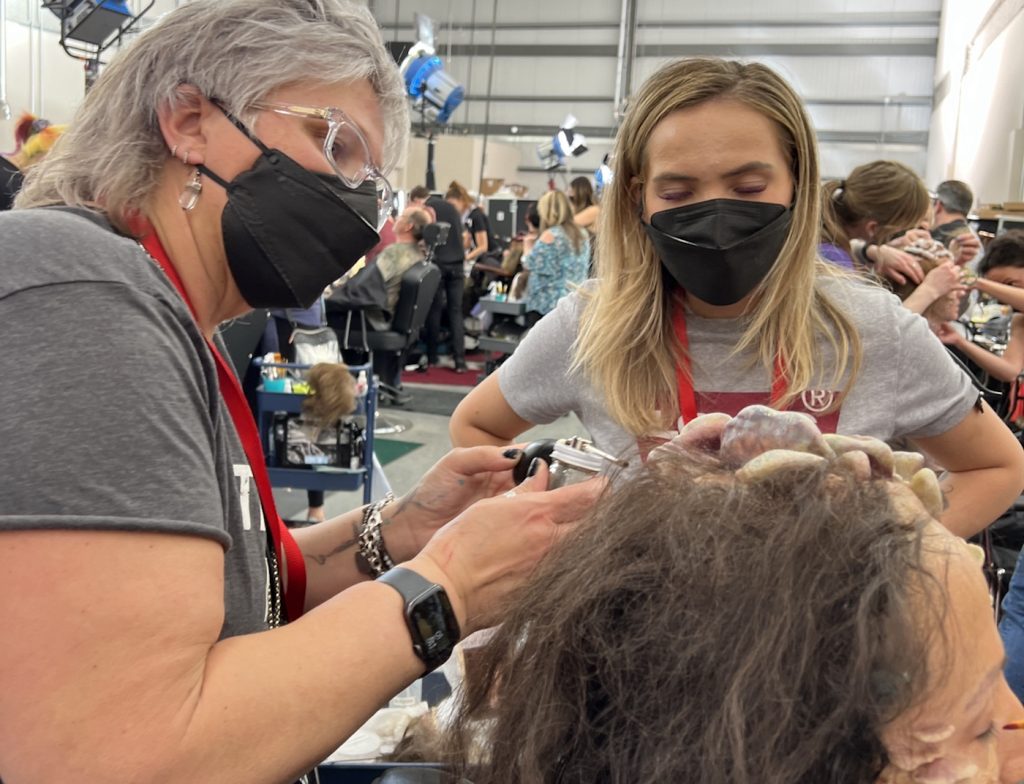
What is laying hair?
Laying hair is adding the lace pieces into the prosthetics. So we’d go in and lay single strands of hair into the cordyceps in collaboration with the effects team. We’d teach them how to lay the hair, so it looked like the hair was coming out of the cordyceps instead of laying flat. It had to look like the mushrooms were growing through the hair. That was a really important thing to explain. And then we had to teach them how it should look as the infected were moving and getting into fight sequences.
How long did it take to turn someone into one of the infected?
To apply the cordyceps and the hair was a five to six-hour process for each actor or stunt person. It was a pretty in-depth procedure, and so much fun to get in there and work with them. So when it was just the main cast, we had the four of us, but when we had the really big days with the infected, we had thirty-five people working with me and my team. We had a very organized with the Gowers; it was a very smooth machine. Also with wardrobe, because their clothes had cordyceps on them, too, everyone was so great at collaborating.
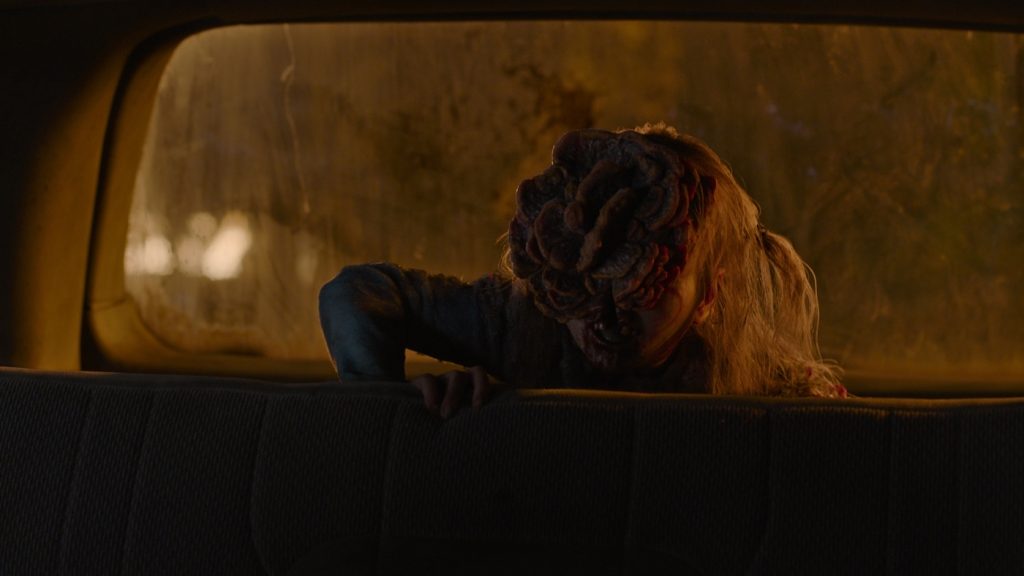
And because the infected are in various stages of infection, that must have added a degree of difficulty to your work.
Every single infected was different. We had to recreate hairlines of the different levels of the infected, that was the best part. We got to go from lots of hair to no hair, going in and adding full or partial wigs—it was just so creative on our end of it.
Did the Clickers have hair?
They did have hair. Very sparse, usually long and jagged. So when we did the Clickers, I’d apply the lace piece between the cordyceps and then cut it to where we needed each character. Each Clicker had to look different; they each had their own characteristics and their own story. Whether it was shorter hair or longer hair, it was always very thin and processed because it had fallen out as the cordyceps grew.
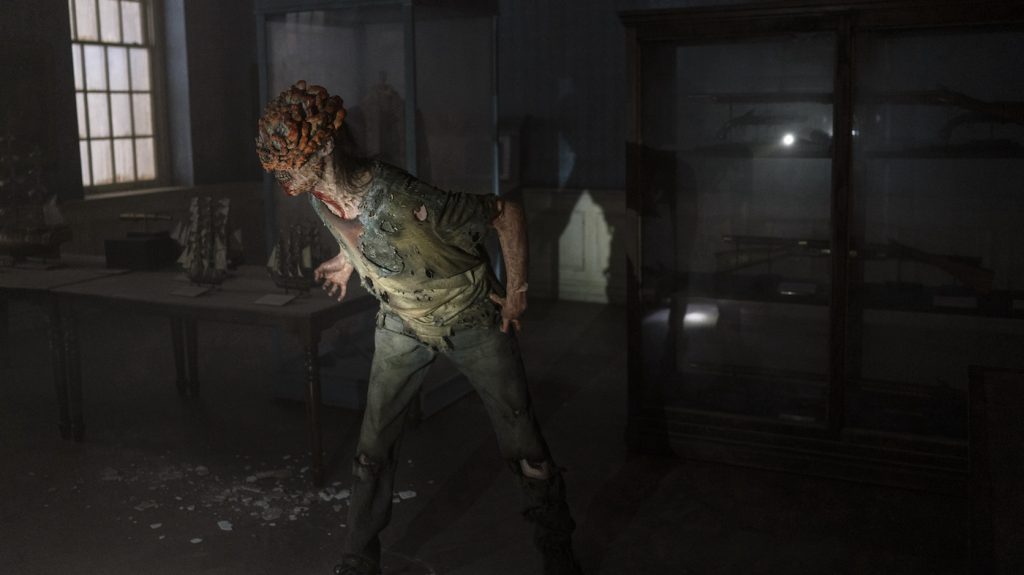
One thing that stuck with me from a previous The Last of Us interview was the idea that the infected were people, and there was a real commitment to bring that across in the series. Yes, they’re terrifying, but there was a person there beneath the cordyceps.
We thought about that. We had to create their backstory to understand how to create their hair. Finding out what they’re wearing helped us figure out the mold of their hair and the style. If they’re in a nurse’s uniform, did they have their hair tied back? Those questions came into play. They weren’t just wild creatures. It was haunting to look into the infected’s eyes and see the real person there. Even when the Clickers were attacking Ellie and Joel in the museum, it was real; those actors were those Clickers, and you actually got chills because you could feel that they were human.
One of the most haunting scenes is in the first episode, when Joel’s daughter Sarah (Nico Parker) is in the foreground, and the old woman, their neighbor, is becoming infected behind her.
We had a big part in that. We created that woman’s look with the Gowers. Her sparse hair was a wig we’d created with Nair. We took it apart and gave her the hollowness and bedhead. She had the look of someone who had been taken care of as a granny at home where someone had brushed her hair, but she still had the bedhead. She was still coherent but not really there. Everything worked well together between the wardrobe and the Gowers going through and modeling her face with [makeup department head] Connie Parker and [key makeup artist] Joanna Mireau. Then, adding the wig and the nightdress gave you that realism of someone switching over. The faintness of her twitches—that all came together, and you could really feel it.
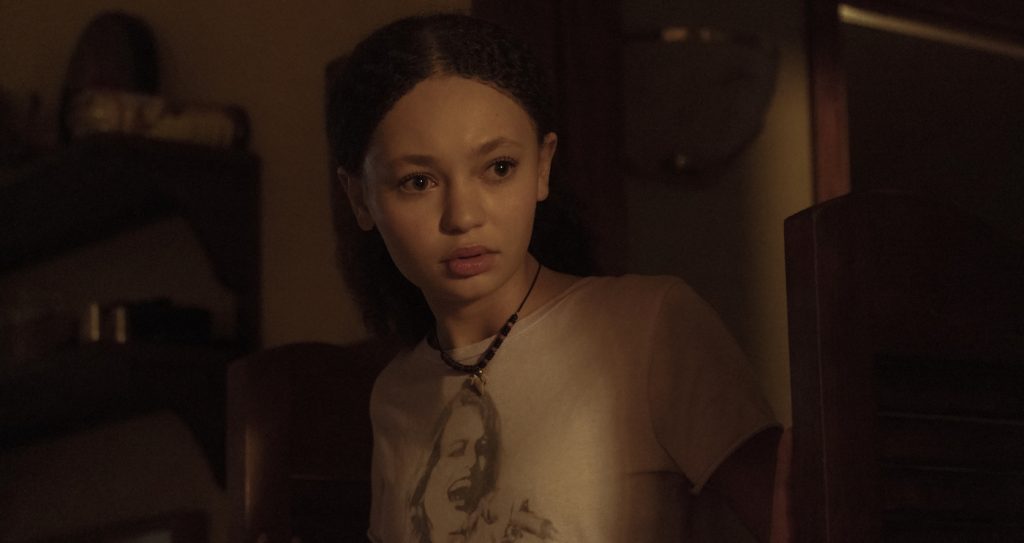
We’re obviously dealing with an apocalyptic landscape, so bathing isn’t the most important thing for the survivors. How did you make people look credibly unshowered?
We really did our research, going through photos of people in the backcountry, tribes, and people when there were not a lot of resources for washing. The texture and dimension of their hair and how it looked. Also, not making them look crazy. Even when you don’t have those things, you still pat down your hair and style it. We tried to use a lot of natural oils and conditioners and then used real dirt so that we could mix it in with the product. We also got things in at the very root instead of piling it on top. Get in there and make it real. We did a lot of rubbing every day, so you’d go, you look perfect. Even when a performer didn’t wash their hair, we’d say, great! Let’s manipulate that a little bit. And using natural fibers to tie their hair because they didn’t always have elastics or anything like that. So, we’d cover strips of fabric in dirt and break it down a bit. But still, a woman wouldn’t always want hair in their face, so they’d tie it back.
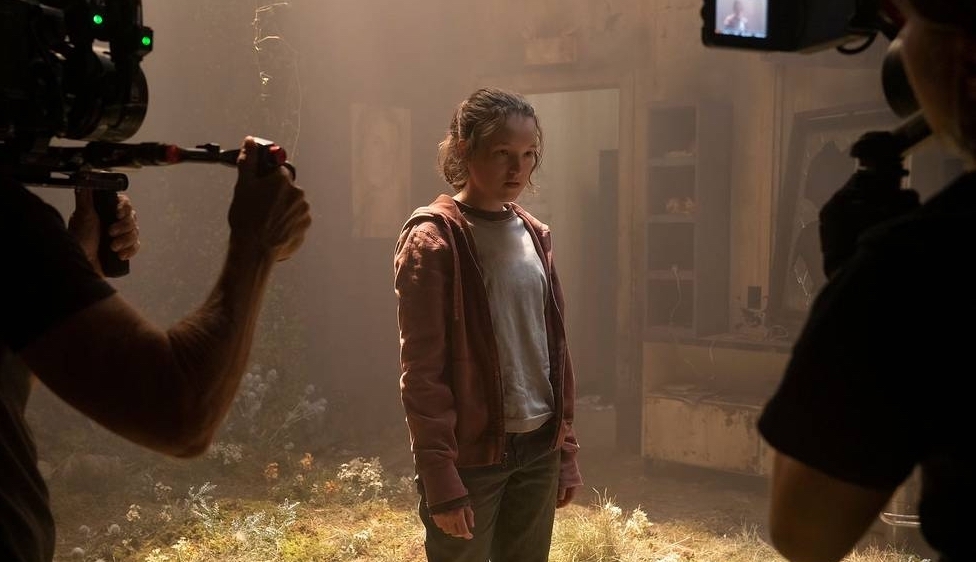
And for the main characters?
For Ellie, we kept it very simple and plain. We used a fabric tie to tie her ponytail back. We also gave her all that breakage around her face, which was us going in and cutting it up to keep it like that. Also, she has a natural curl, so with the sweat in it, it would kind of move really naturally. We thought of it like this: imagine you were working outside all day. If you had long hair, you’d tie it back and have all that fuzziness and broken-down bits. I had my team looking at construction workers, farmers, wranglers, and even crew members. People who are doing physical things all day. So, for the background actors, that’s how I wanted them to look: not contrived, not perfect, just natural.
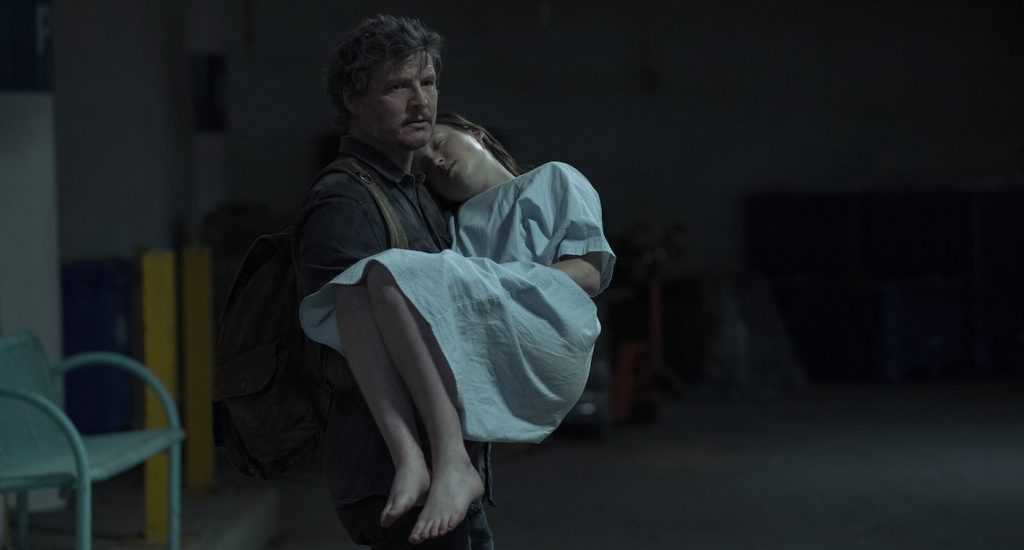
For more on “The Last Of Us,” check out these stories:
“The Last of Us” Cinematographer Ksenia Sereda on Shining a Light in the Darkness
After A Gripping Finale, “The Last of Us” Creators Tease Season 2 & Beyond
“The Last of Us” Production Designer John Paino on Building a World in Ruins
Featured image: Pedro Pascal and Bella Ramsey. Photograph by Liane Hentscher/HBO



